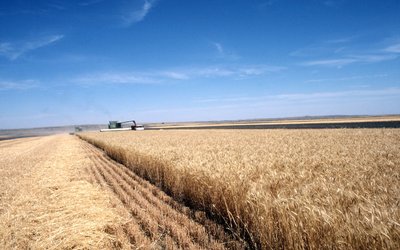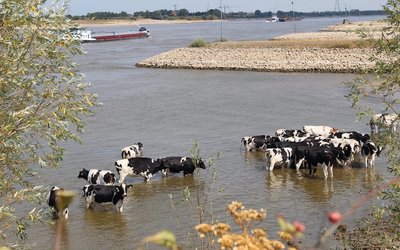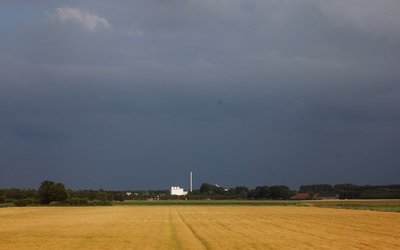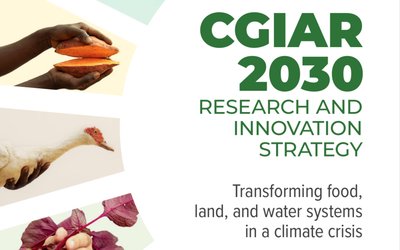Agricultural risk management policies under climate uncertainty
February 5, 2014
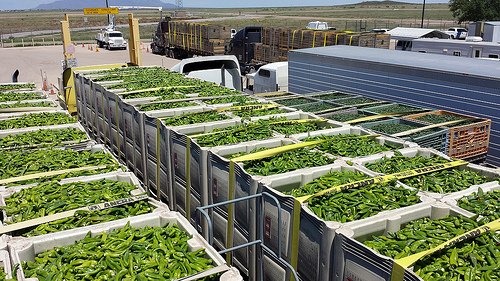
Risk management instruments in agriculture, such as crop insurance and disaster assistance programme, and especially how they are designed, will affect incentives to adapt. Three types of crop production insurance are: individual yield, area-yield and weather index insurance. In addition to these insurance schemes governments may decide to assist farmers financially after climate extremes that caused a lot of damage to their yields (ex post assistance).
- Traditional individual-yield crop insurance makes an indemnity payment when the farm incurs a yield loss. This can help to manage production risk but it is known to be expensive and will diminish incentives to adapt to climate change.
- Area-yield crop insurance is a crop insurance scheme in which both indemnities and premiums are based on the aggregate yield of a geographical area. The indemnity equals the difference in value, if positive, between the area yield and some predetermined critical yield level. Participating producers in a given area would receive the same indemnity per insured unit of land, regardless of their own crop yield, and all would pay the same premium rate. Under changing climate conditions, area yield insurance would have the advantage of maintaining incentives to adapt.
- Weather index insurance is an insurance scheme where a threshold in the proxy variable marks the point at which payments begin. Once the threshold is reached, the payment increases incrementally as the value of the index worsens. The payment rate is independent of the actual loss incurred by a policyholder.
- Ex post payments are highly variable and can be extremely high in some years.
Weather index insurance or area yield insurance, which do not require on-farm verification, can help keep administrative costs down as compared to individual yield insurance, and they do not discourage adaptation since indemnities are paid independently of actual loss incurred by a policyholder. However, they are not a means for structural adaptation. Farmers will incorporate any insurance subsidies or ex post disaster payments to their production decisions, which may favour insurance over crop diversification or other risk management and adaptation strategies.
Source: Antón et al., 2013. Global Environmental Change 23: 1726–1736.
Photo: CBP Photography (www.flickr.com)

